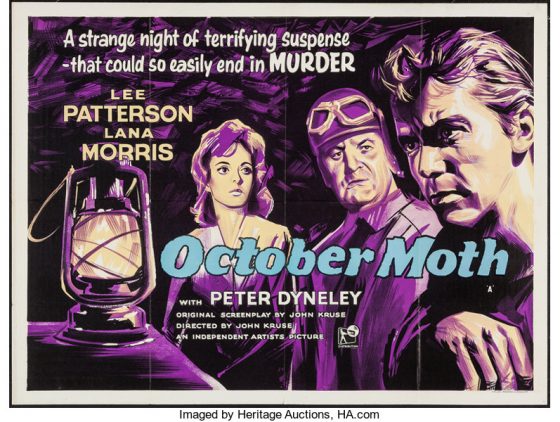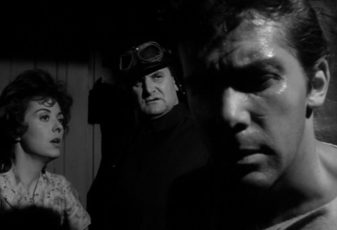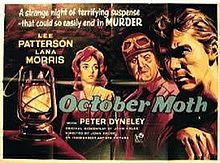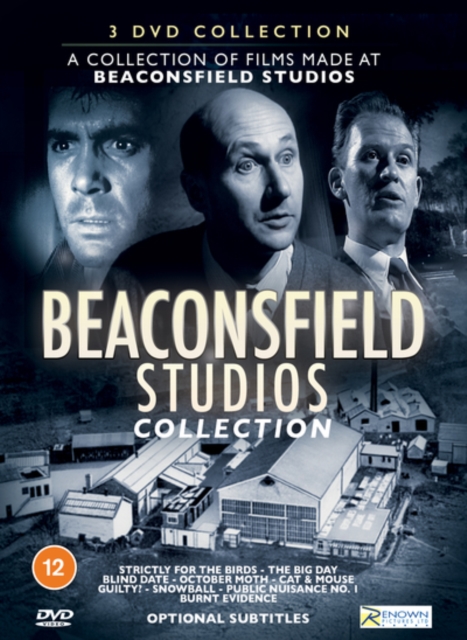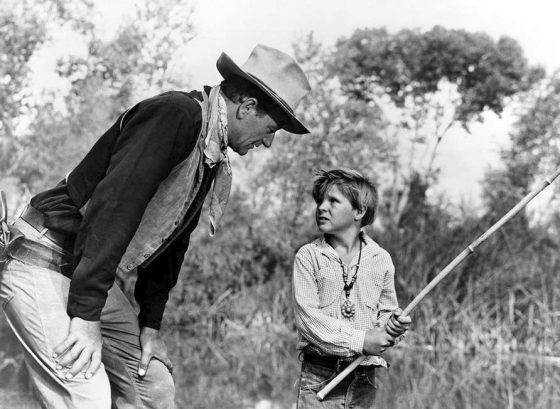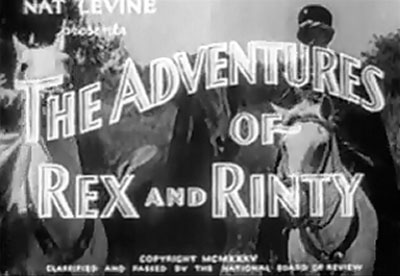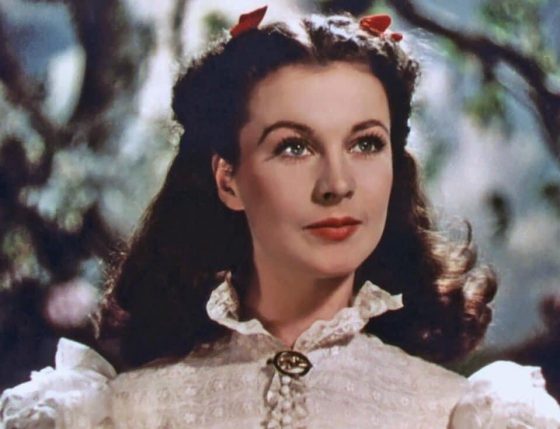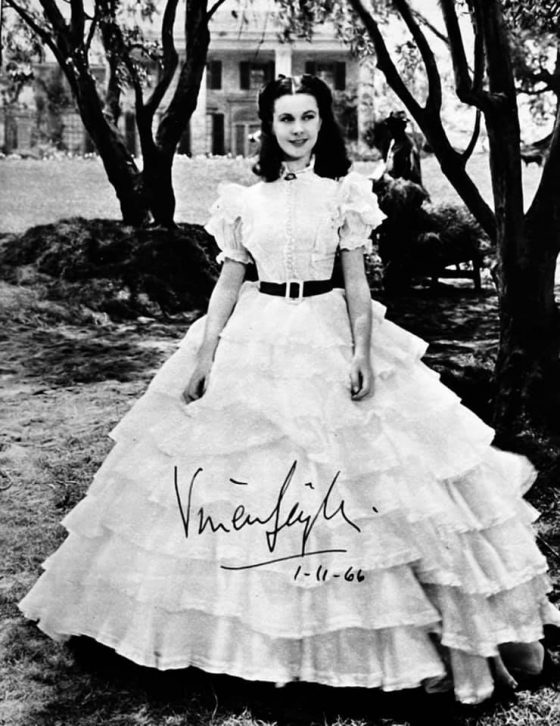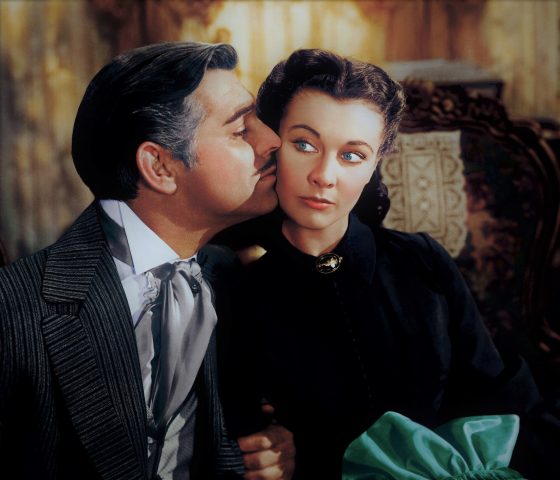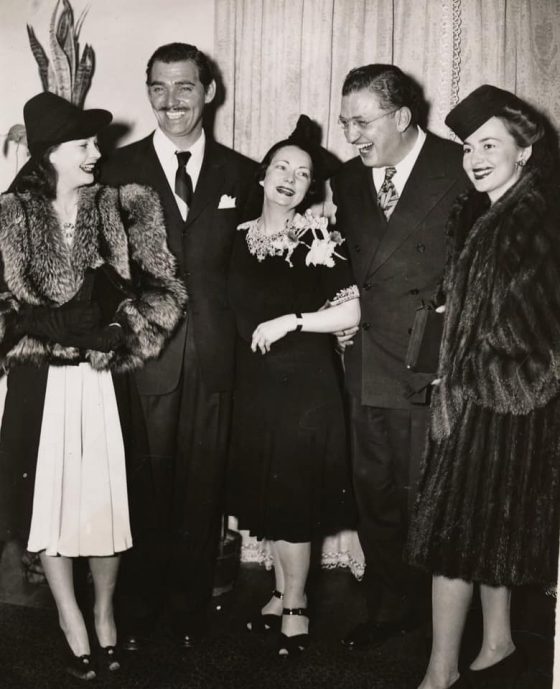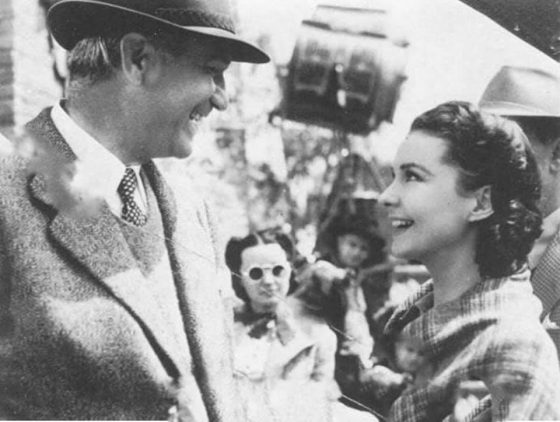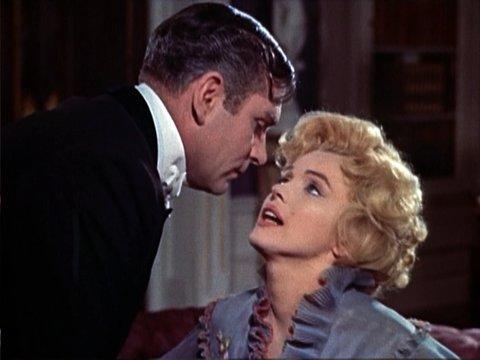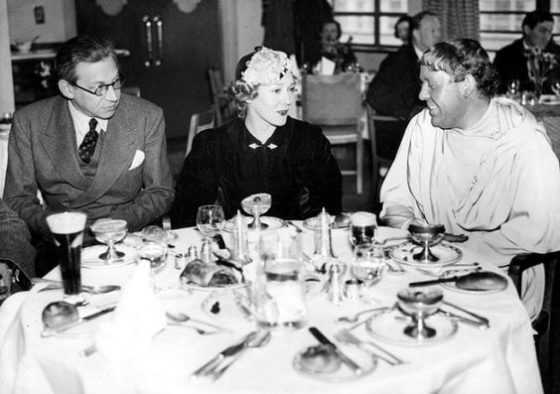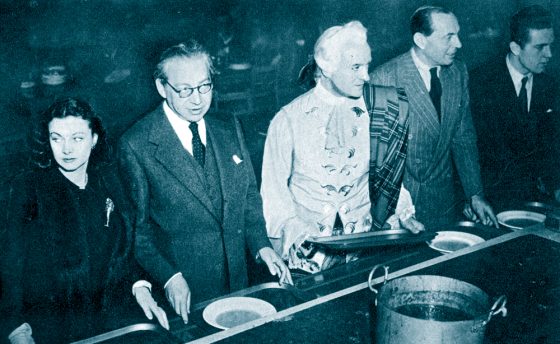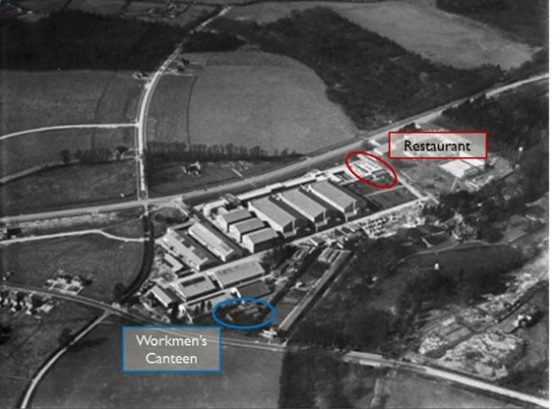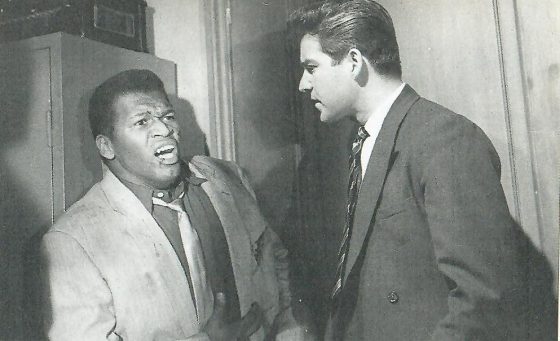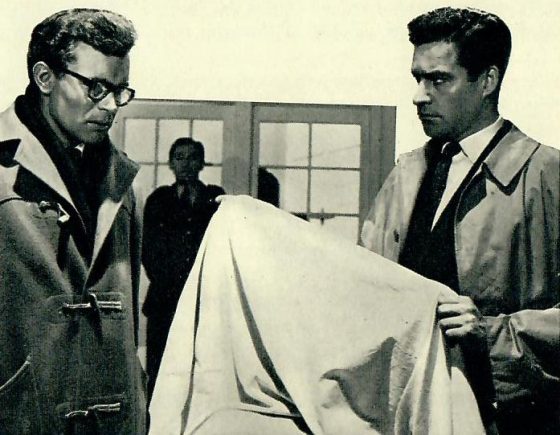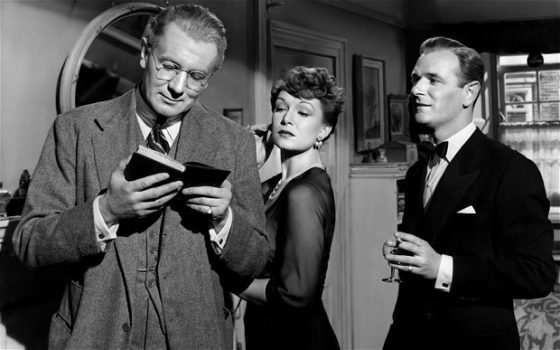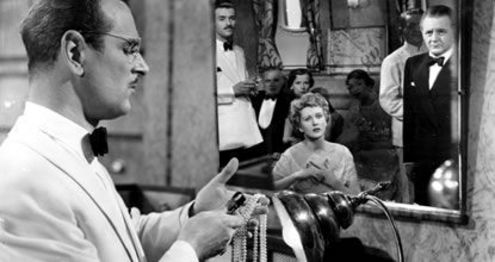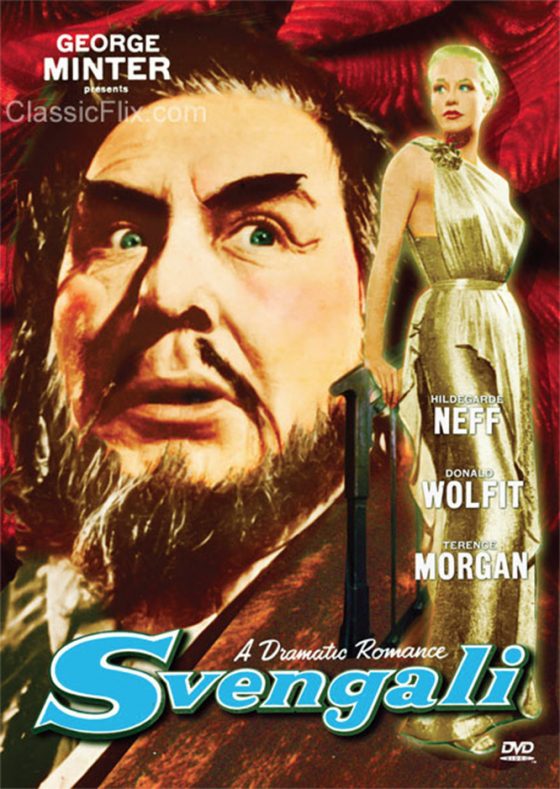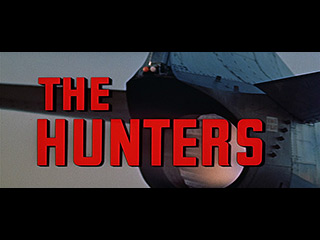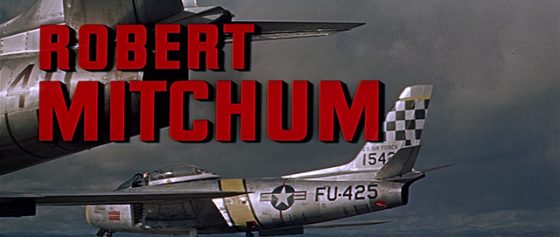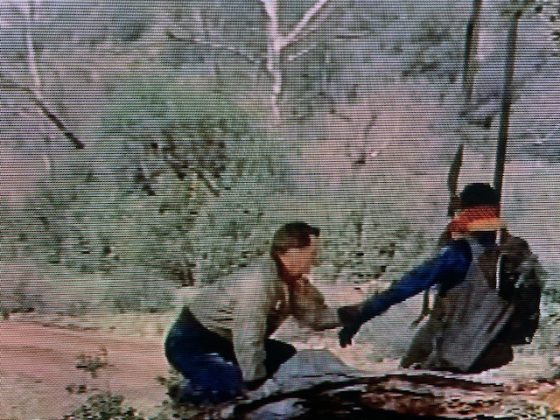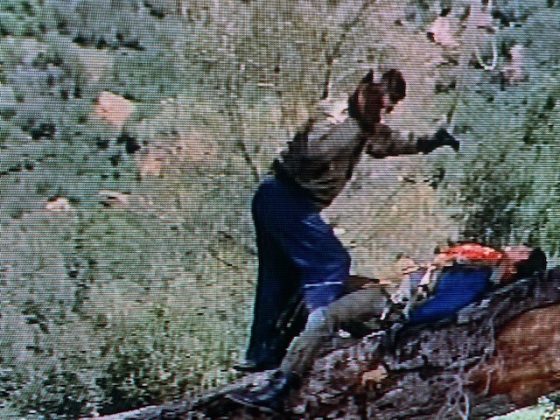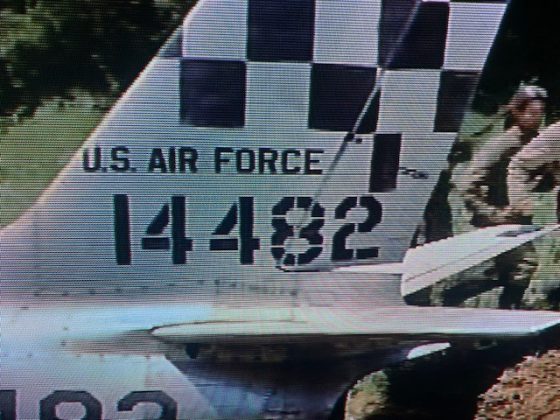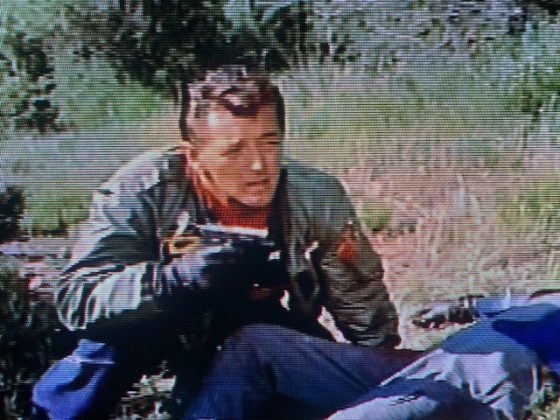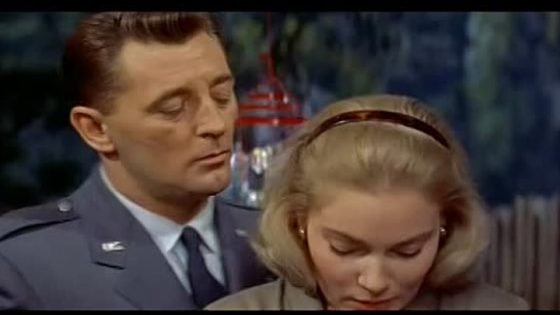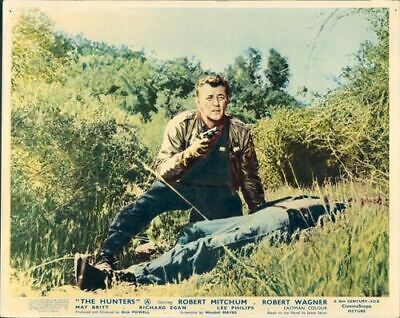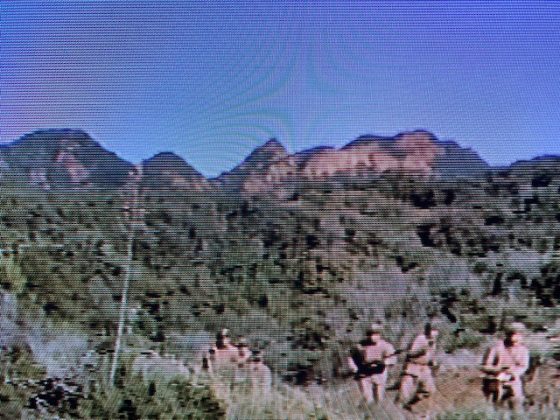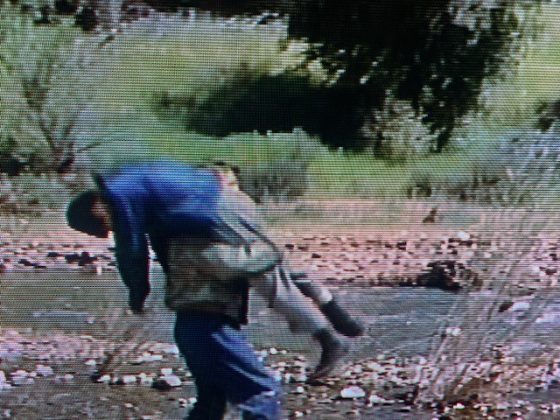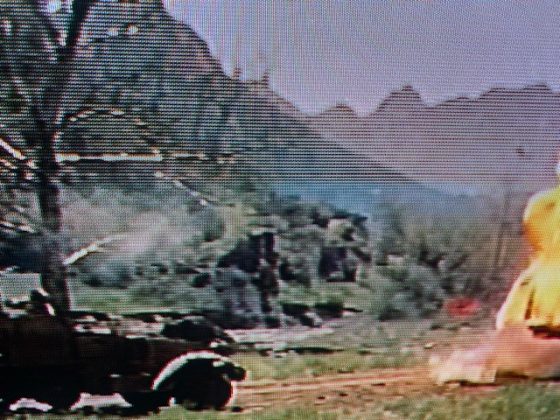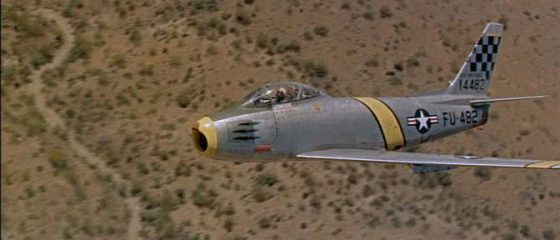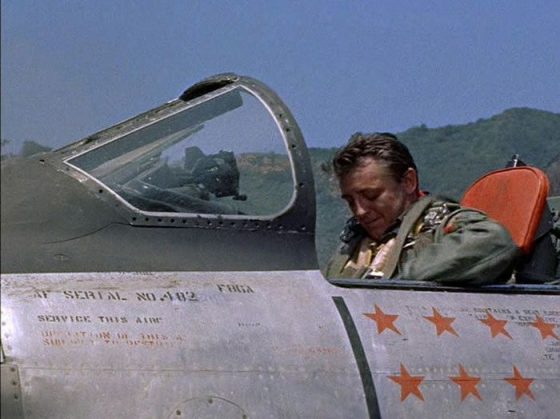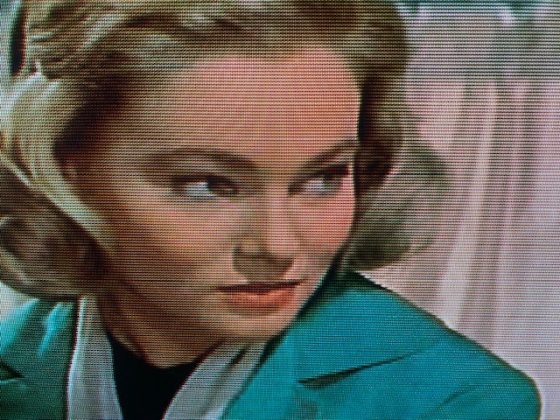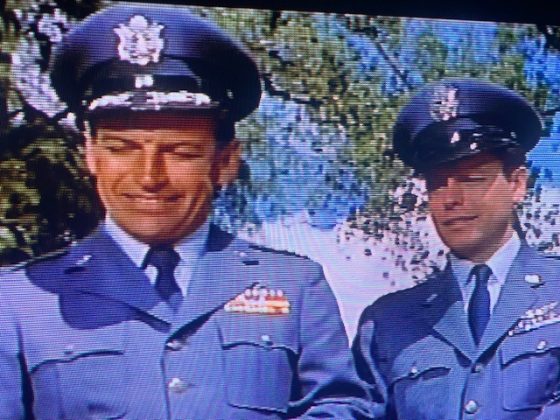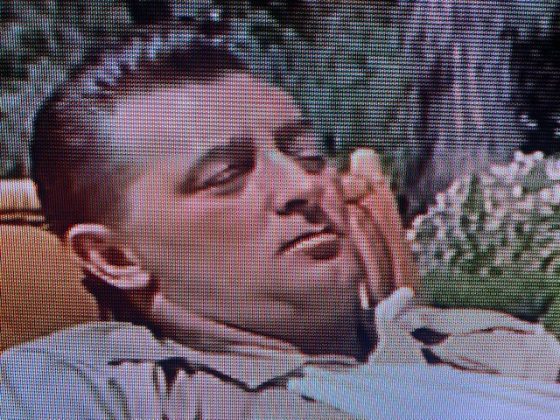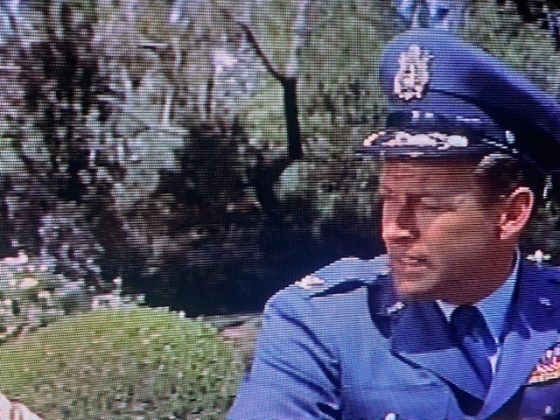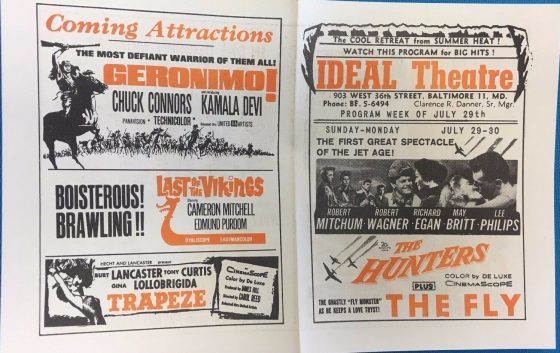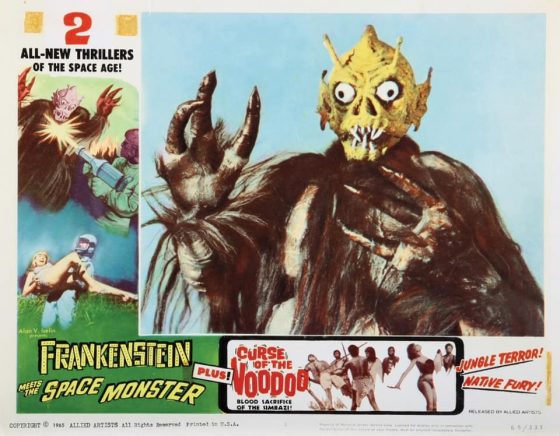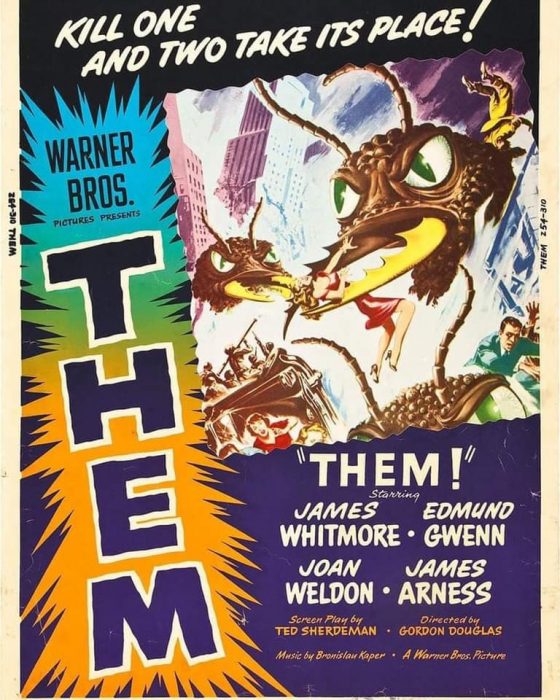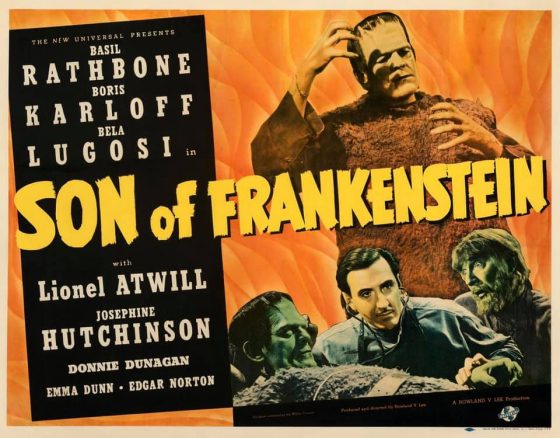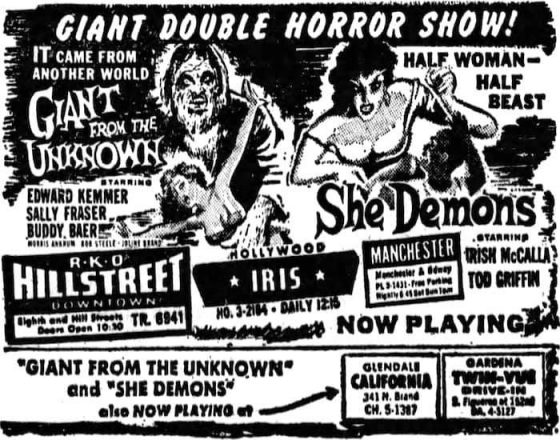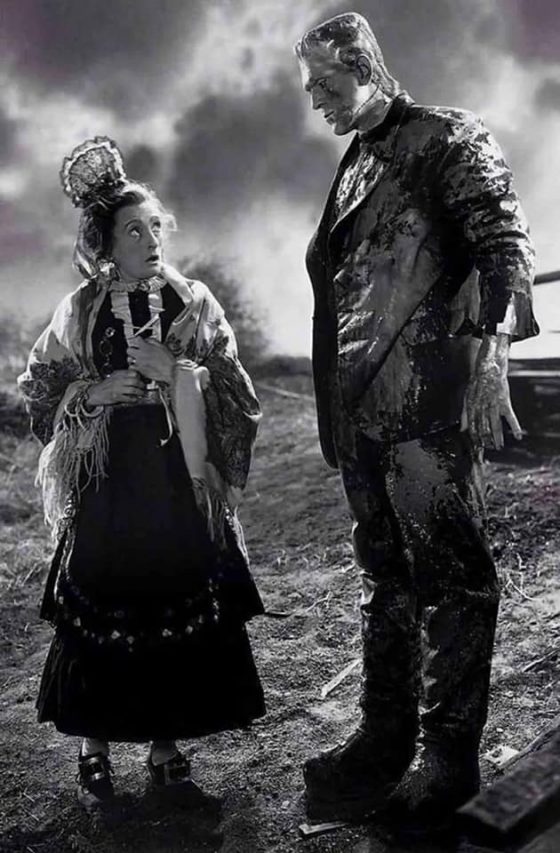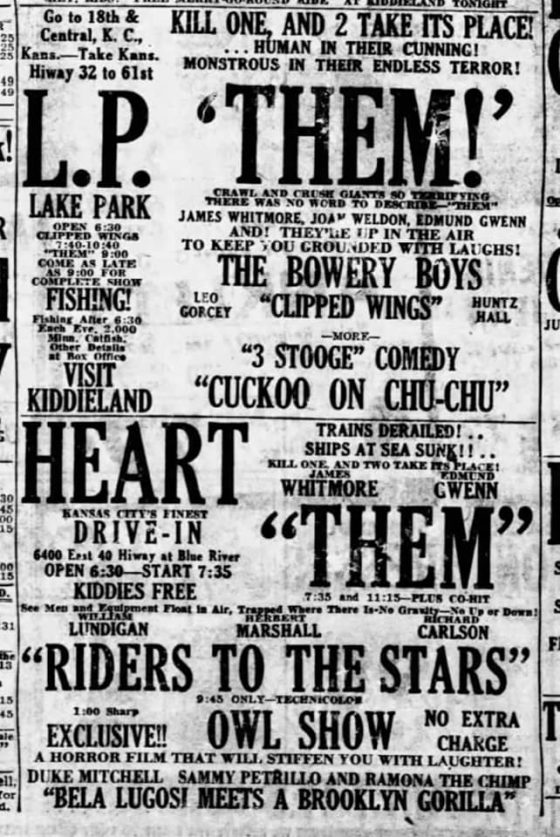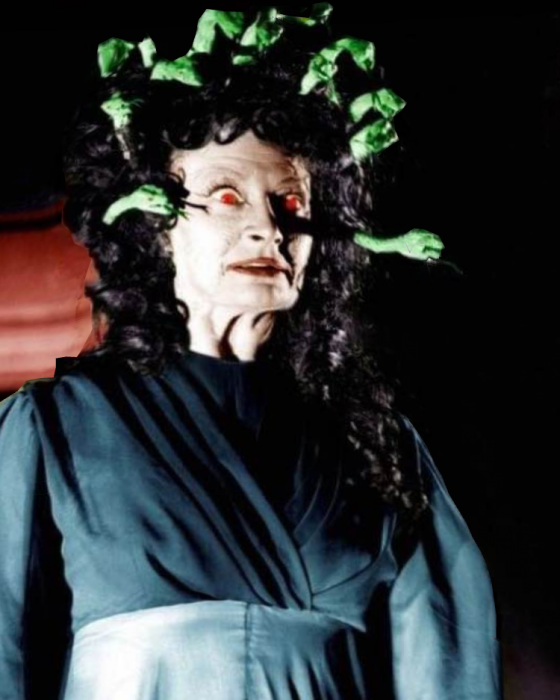The origin of Lone Ranger’s story begins with a group of Texas Rangers chasing down a gang of outlaws led by Butch Cavendish. The gang ambushs the Rangers, believing to have killed them all.
There is one survivor however, who is found by an American Indian named Tonto, and Tonto nurses him back to health.
So the bond between these two was established
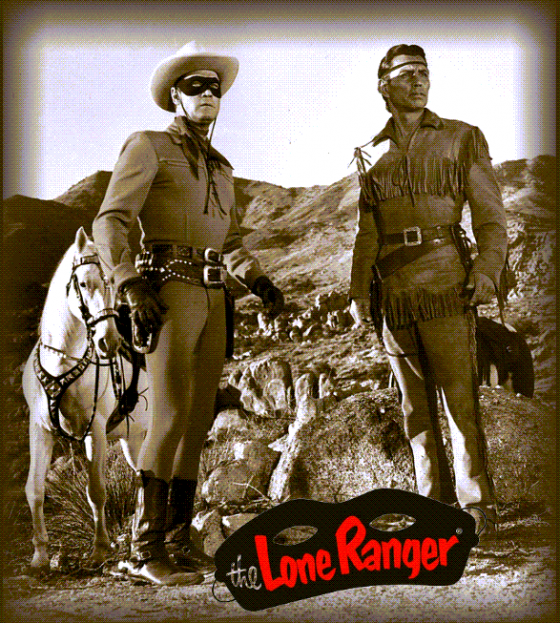
As we all remember the Lone Ranger was played by Clayton Moore – well most of the time it was because he had a contractual dispute with the Producers and the role for two seasons went to John Hart.
Viewers though wanted Clayton Moore back, so he duly was re-instated.
Jay Silverheels who played Tonto had been around for quite a while in films but this proved to be his most famous role by far. The very first episode went out in September of 1949 and the series carried on successfully through to 1957 – and there were a couple of Lone Ranger film releases along the way, in the mid 50’s
He had been in many films since before the War – one of them was ‘The Sabre and the Arrow’ in 1948 in an uncredited role among many others.
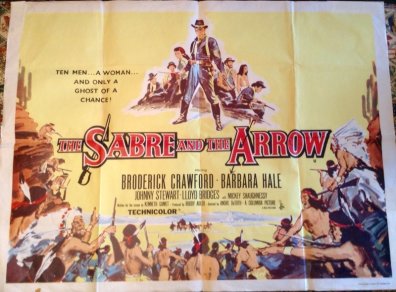
Clayton Moore
He was born Jack Carlson Moore, the son of a real estate broker, in Chicago. He performed in a trapeze circus act for several years, after learning acrobatics, tumbling and swimming as a teenager at the Illinois Athletic Club. One of his instructors there was Johnny Weissmuller, the champion swimmer who later played Tarzan in the movies.
An injury ended Moore’s circus career, and so this handsome athlete later became a John Robert Powers model.
He first appeared in films in 1938, playing bit parts and performing stunts in serials including “Dick Tracy Returns” (1938) and “The Perils of Nyoka” (1942). Nicknamed the “King of the Serials” for all the cliffhanger episodes he helped churn out to encourage return visits to cinemas, Clayton Moore first donned a mask in the 1949 serial “The Ghost of Zorro.”
His acting career, like so many, was interrupted by World War II where he served three years in the Army Air Force
A fan of the Lone Ranger radio series since its inception in 1933, Clayton Moore beat out 75 actors to become television’s version of the classic hero. When producer George Trendle told him the good news, Moore said he replied: “Mr. Trendle, I am the Lone Ranger.”
I also came across this interview with Clayton Moor’s daughter which is fascinating:-
As TV’s Lone Ranger in the 1950s, Clayton Moore was a hero both on and off the screen.
“I still get letters from policemen, firemen, and teachers who say they chose a career in service because of him,” said daughter Dawn Moore from Los Angeles. “He not only acted out the Lone Ranger’s Creed on TV, but lived it.”
The Creed, written by Fran Striker in 1933 for the original Lone Ranger radio show, was an ethical guide that emphasized friendship, respect, truth, God, country and, remarkably for the period, stewardship for the planet.
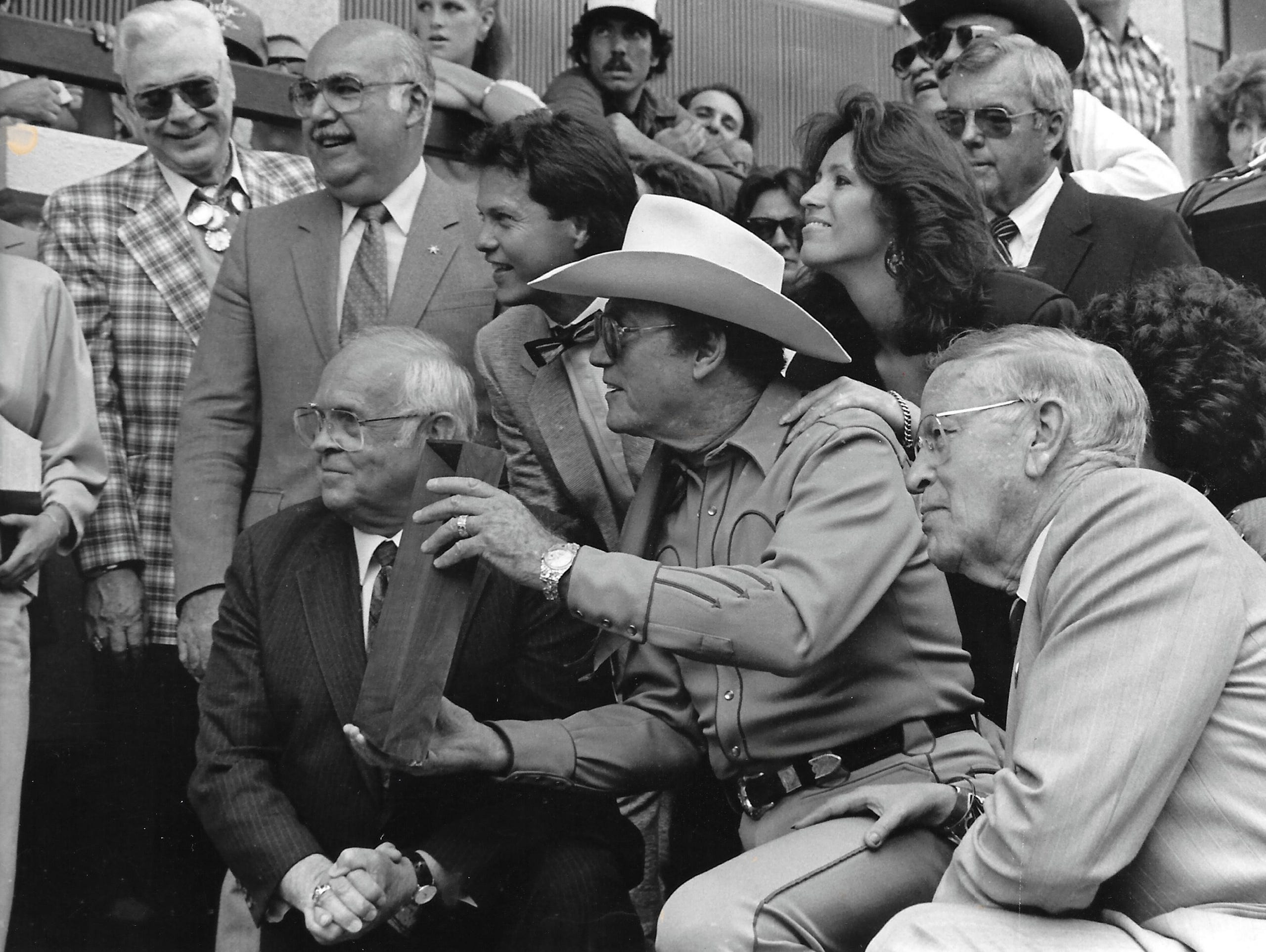
Clayton Moore receives his “Star” on the Walk of Fame in 1987. His daughter Dawn is behind him in the picture.
“It’s important for me now to look back as an adult and understand that my father was not preachy,” said Dawn. “He led his life and really made his decisions each day on the Lone Ranger Creed. And that is really quite extraordinary parenting, leading by example. He didn’t tell me what to do and what not to do ever, so I made plenty of mistakes and he let me make them. But fortunately for me, my father was an excellent example to follow.”
Like many busy actors, duties on location sets would often mean sacrificing home time for Moore.
“He would be gone for two or three months at a time, but when he was home he was there 24 hours a day and was my buddy,” recalled Dawn. “That was just how our household worked, so I didn’t have any reason to question it. He would love it when my friends came over and would be out there playing with everybody, and giving them all nicknames. He loved children and was a big kid himself with a fantastic sense of humour.”
Clayton Moore passed away in 1999
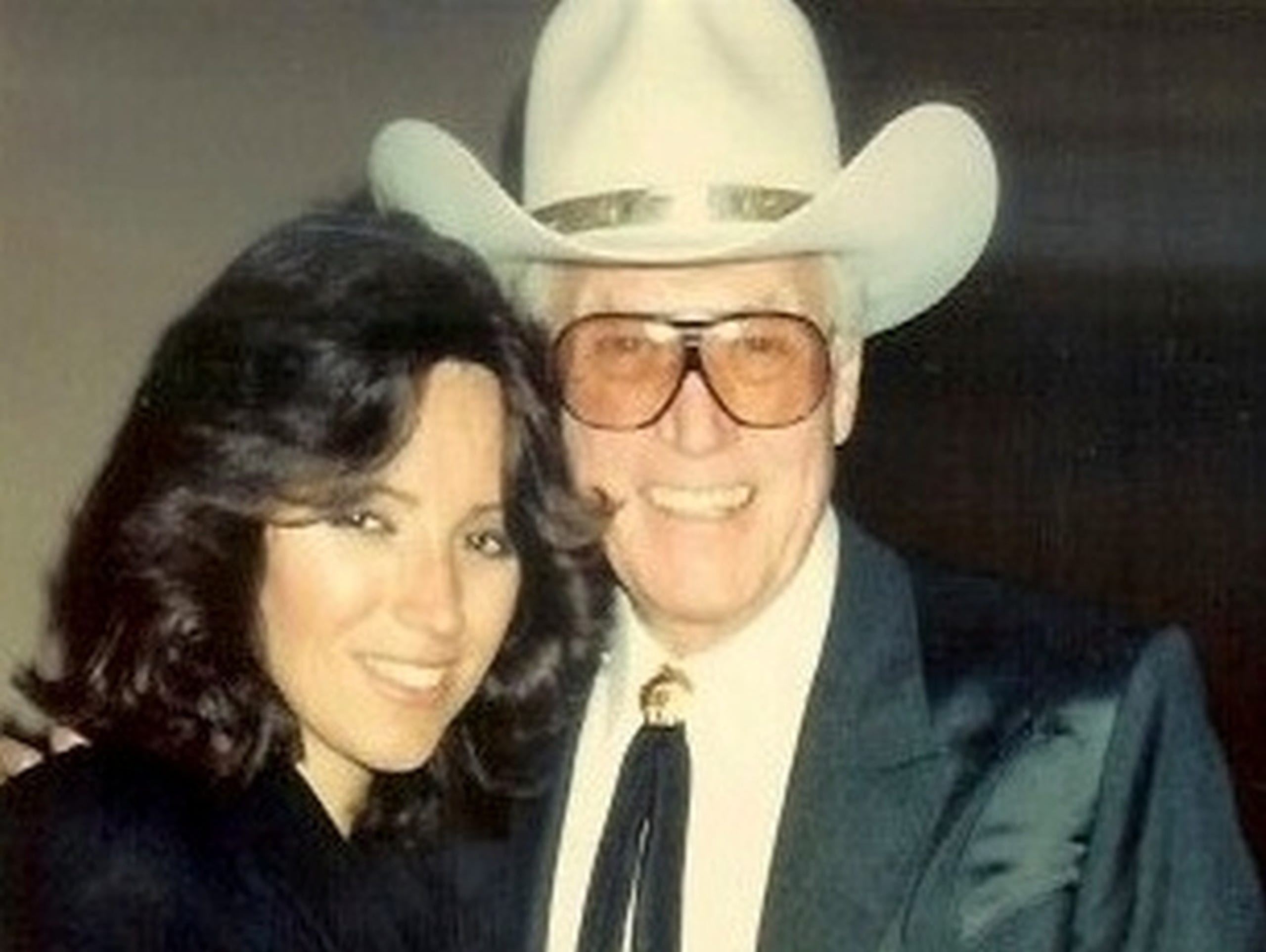
Dawn Moore and father Clayton Moore at the 1990 National Cowboy Hall of Fame.
As a child, Dawn didn’t even know her father had been the Lone Ranger until one day the pair went shopping for a television and the salesperson recognised his voice.
“I was eight or nine, and wondered how this stranger knew my father,” she recalled. “The show ended in 1957 so I never saw it growing up. And when we went out, no one recognised him because his character had always been masked.”
In addition to the one he had sold, Clayton Moore used two other masks on the show. One found its way into a private collection and Dawn donated the other to the Smithsonian after her father died, in accordance with his wishes.
“The original masks used on the show impaired Dad’s peripheral vision and he couldn’t see where to land after a fall. So the costumer made a mold of his face and created three felt masks which were covered with resin on the inside. But they were hot to wear.”
Clayton Moore’s clothes were also uncomfortable.
“They filmed the Lone Ranger at the Iverson Ranch, near Los Angeles, where summer temperatures were over 100 degrees,” explained Dawn. “Dad’s costume was made out of heavy wool and was skin tight.
Jay Silverheels, who played Tonto, wore an outfit of heavy suede. So these guys worked their tails off making the show
